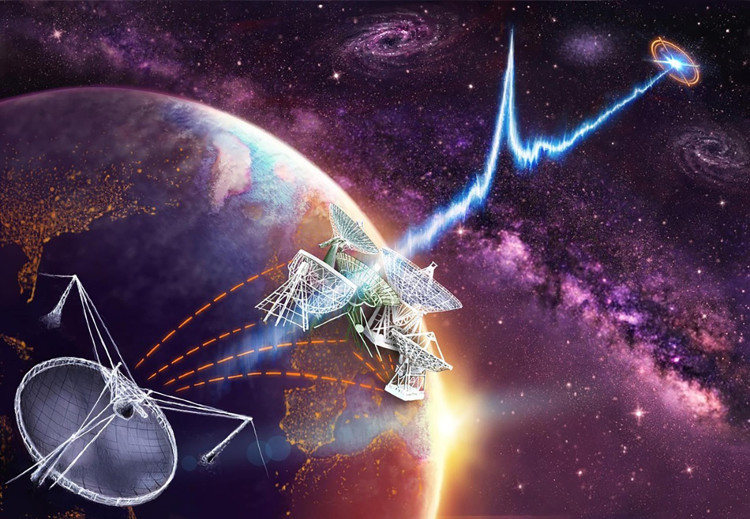Telescope Australia detects more mysterious radio signals
The new wave of light waves discovered about 6 billion light years makes astronomers more confused about the source of the signal.
Just four days after the start of the study, the Australian Square Kilometer Array Pathfinder (ASKAP) is located near Murchison, Western Australia, discovering a series of rare radio waves, also known as radio waves coming from Leo constellation. , Longroom yesterday reported.
These special signals last only a few milliseconds, believed to originate billions of light years away. However, scientists still do not know what produces them.

Newly discovered radio waves come from Leo's constellation.(Photo: Popular Mechanics).
The research team from the Commonwealth Scientific and Industrial Research Organization (CSIRO), Curtin University and International Radio Astronomical Research Center (ICRAR) discovered new flashes while using only 8 faces telescope disc.
ASKAP telescope is equipped with a total of 36 discs, can observe a position in the sky or point in different directions. When using 8 disc surfaces, the device can monitor 240 degrees at the same time.
The new wave signal is FRB170107 , very bright, so it is easy to detect. Through more disk usage, the team was able to detect more flashes. The latest wave comes from the edge of Leo's constellation.
Most likely, FRB170107 has moved through space for 6 billion years at the speed of light before being detected by a telescope. Its brightness and distance indicate this flash is related to a huge energy source.
However, the new discovery makes it more difficult to identify the source of the signal."We are making a difficult problem even harder," said Dr. Ryan Shannon, who analyzes the strength and location of the flash.
- Mysterious radio signals from the universe
- Giant telescope captures signals from the universe
- AI detects 72 radio signals from the universe
- The mysterious radio signal was identified as originating from the universe
- Australia developed artificial intelligence to decipher mysterious sound signals from the universe
- Obtain a mysterious signal of aliens
- Australia would like to install a radio telescope SKA
- The mysterious, inexplicable signals from space
- China hunts aliens with giant telescopes
- Discover mysterious radio waves 3 billion light years from Earth
- Australia, South Africa build super telescopes
- Neutron stars can bounce radio waves to Earth
 Van Allen's belt and evidence that the Apollo 11 mission to the Moon was myth
Van Allen's belt and evidence that the Apollo 11 mission to the Moon was myth The levels of civilization in the universe (Kardashev scale)
The levels of civilization in the universe (Kardashev scale) Today Mars, the sun and the Earth are aligned
Today Mars, the sun and the Earth are aligned The Amazon owner announced a secret plan to build a space base for thousands of people
The Amazon owner announced a secret plan to build a space base for thousands of people